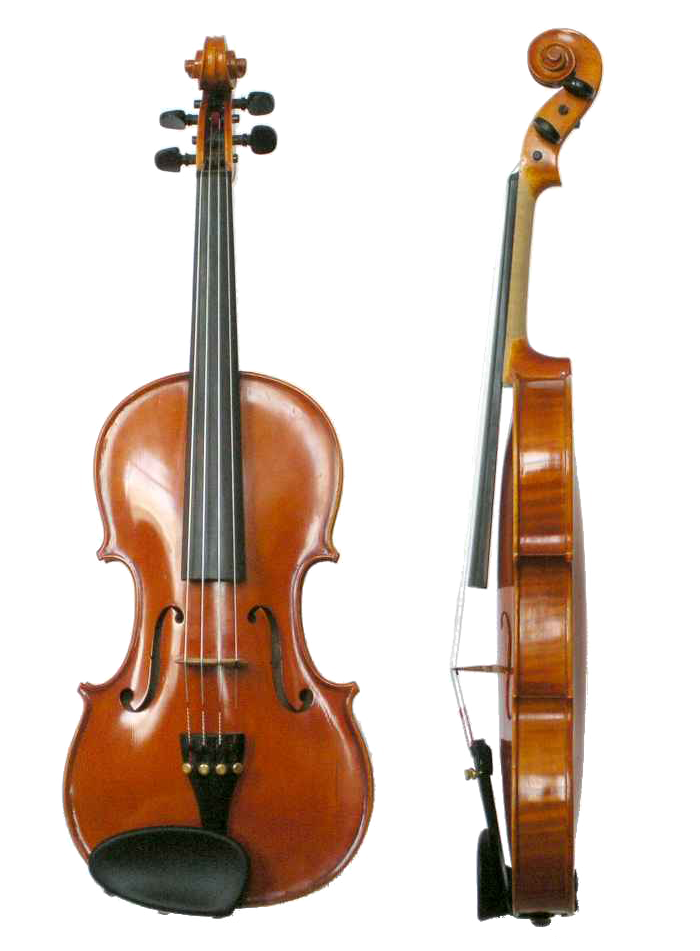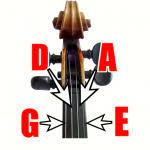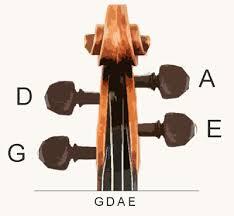
The violin is one of the most renowned and recognized instruments in the world. It is crucial to the orchestra, and great for small groups and solos as well. As with any instrument, however, it cannot be played well without being accurately tuned. This comprehensive guide will show you the process of tuning your violin.

In order to tune a violin, you must know what notes the strings on a violin play. This diagram shows us the pitches of the “open strings”, which have no fingers placed on them. This is what you will use as a reference.

For beginners, the best way to achieve precise tuning is to use an electric tuner. This device will sense the frequency of the string you are playing, and will tell you how to adjust it.
There are two mechanics on your violin for tuning the strings. There are the tuning pegs, which are used for large adjustments, and the fine tuners, used for small, minor adjustments.


Now that we have covered the necessary preparations, it is time to tune. First, attach the microphone of your tuner to the scroll, a peg, or the bridge of your instrument. Then play each string at a moderate volume and with proper tone, and the tuner will gauge how in tune the string is. You will then make your adjustments. To tune with the pegs, press the peg for a specific string in toward the scroll and slowly turn it while playing until the intended note is recognizable. Then, use the fine tuners to adjust the string to the exact pitch needed. Your string is in tune when the green light is consistently appearing.